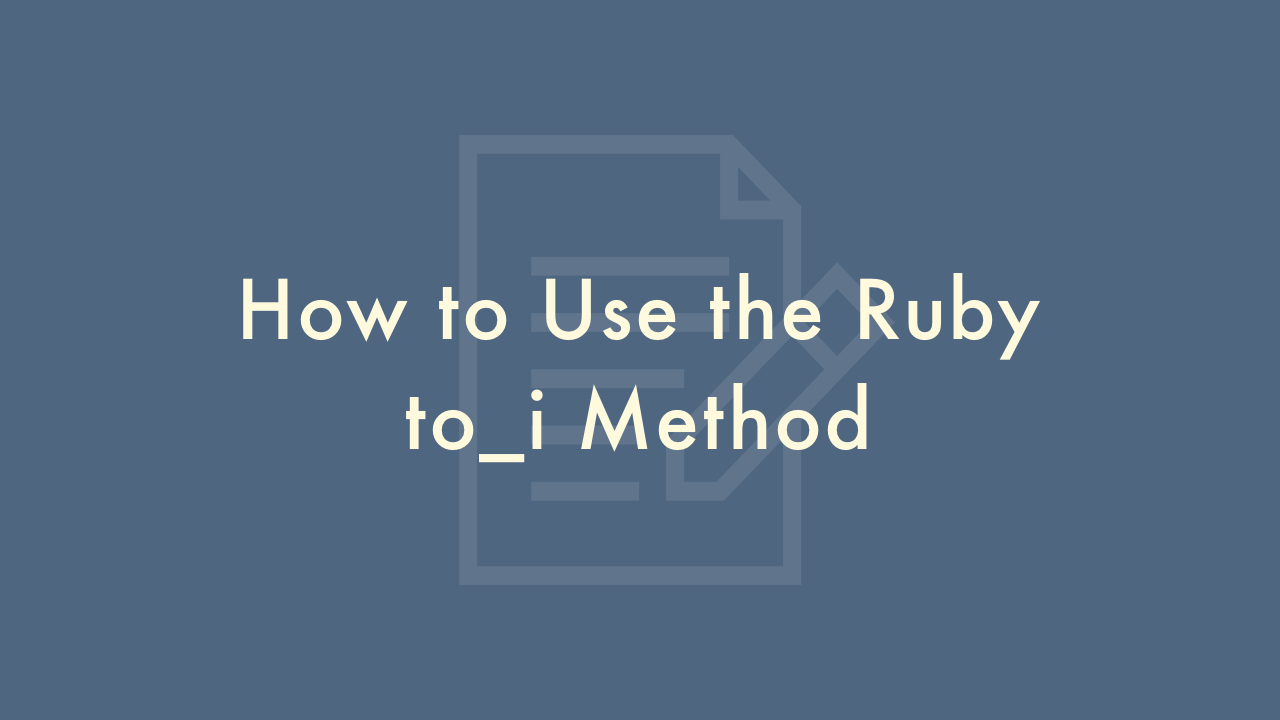How to Use the Ruby to_i Method

Contents
In this article, you will learn how to use the Ruby to_i method.
Using the to_i method
The to_i method is a built-in method in Ruby that converts a given object to an integer. This method is commonly used when you need to convert a string or floating-point number to an integer.
Here’s the basic syntax of the to_i method:
object.to_iWhere object is the object that you want to convert to an integer. The to_i method returns an integer object that represents the converted value.
Using the to_i method with strings
One of the most common use cases for the to_i method is to convert a string to an integer. When you call the to_i method on a string, Ruby tries to convert the string to an integer. If the string contains non-numeric characters, the to_i method will return 0. Here are a few examples:
"42".to_i # returns 42
"3.14".to_i # returns 3
"foo".to_i # returns 0
Using the to_i method with floating-point numbers
You can also use the to_i method to convert floating-point numbers to integers. When you call the to_i method on a float, Ruby simply drops the decimal part and returns the integer part. Here’s an example:
3.14.to_i # returns 3Using the to_i method with other objects
You can also call the to_i method on other objects, but the result might not always be what you expect. Here are a few examples:
true.to_i # returns 1
false.to_i # returns 0
nil.to_i # returns 0
As you can see, calling to_i on a boolean or nil object will always return either 0 or 1.